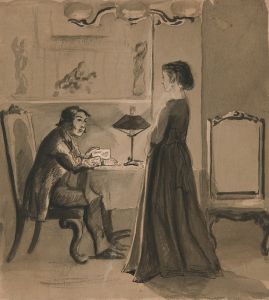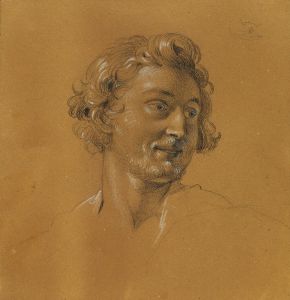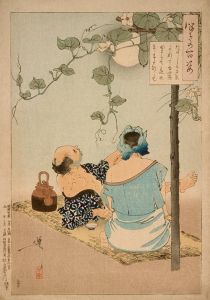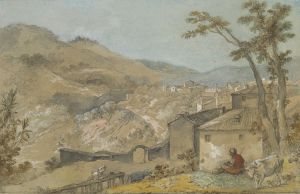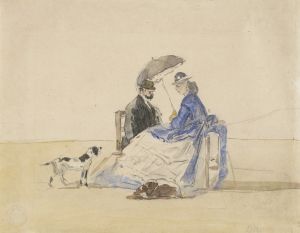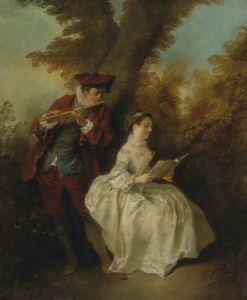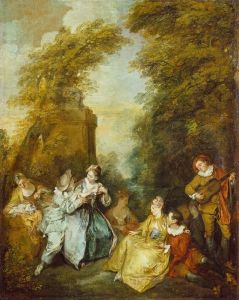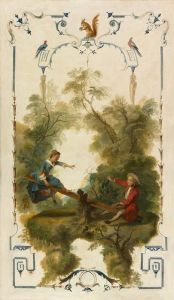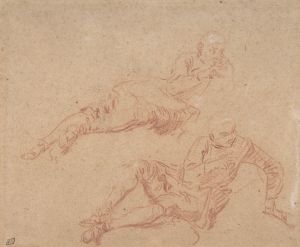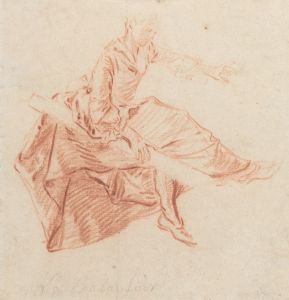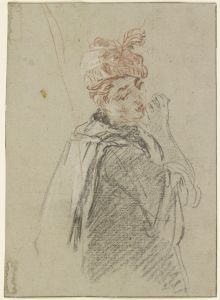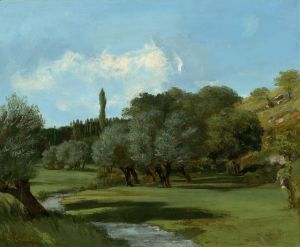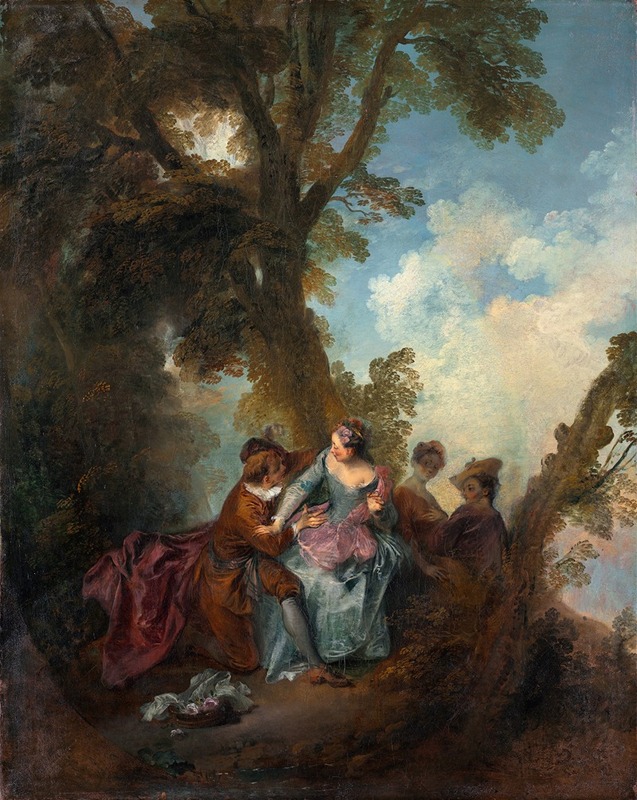
Declaration of Love
A hand-painted replica of Nicolas Lancret’s masterpiece Declaration of Love, meticulously crafted by professional artists to capture the true essence of the original. Each piece is created with museum-quality canvas and rare mineral pigments, carefully painted by experienced artists with delicate brushstrokes and rich, layered colors to perfectly recreate the texture of the original artwork. Unlike machine-printed reproductions, this hand-painted version brings the painting to life, infused with the artist’s emotions and skill in every stroke. Whether for personal collection or home decoration, it instantly elevates the artistic atmosphere of any space.
Nicolas Lancret's Declaration of Love is a painting created by the French Rococo artist Nicolas Lancret (1690–1743). Lancret was a prominent painter during the early 18th century, known for his genre scenes that often depicted elegant and playful moments of French aristocratic life. His works are frequently associated with the Rococo style, characterized by its lightness, charm, and focus on themes of love and leisure.
Declaration of Love is an example of Lancret's ability to capture intimate and romantic moments in a refined and delicate manner. The painting portrays a scene of courtship, a common theme in Rococo art. It features a young couple in an outdoor setting, with the man appearing to express his affection to the woman. The composition is imbued with a sense of grace and harmony, typical of Lancret's work, and reflects the period's fascination with love and the pleasures of life.
The painting is notable for its soft color palette, intricate details, and the artist's skillful use of light to create a sense of depth and atmosphere. Lancret's attention to the textures of clothing, foliage, and other elements in the scene adds to the overall elegance of the work. The idyllic setting, likely a garden or park, serves as a backdrop that enhances the romantic tone of the piece.
Lancret was heavily influenced by his predecessor and contemporary, Antoine Watteau, who is often credited with popularizing the fête galante genre—a style of painting that depicts scenes of aristocratic leisure in pastoral or garden settings. While Lancret's work shares similarities with Watteau's, he developed his own distinct approach, often incorporating more narrative elements into his compositions.
Declaration of Love is housed in the Louvre Museum in Paris, France, where it is part of the museum's extensive collection of 18th-century French paintings. The work is appreciated for its representation of the Rococo aesthetic and its insight into the social and cultural values of the time.
As with many of Lancret's paintings, Declaration of Love offers a glimpse into the romanticized vision of aristocratic life during the early 18th century, making it an important example of the Rococo movement in French art.





